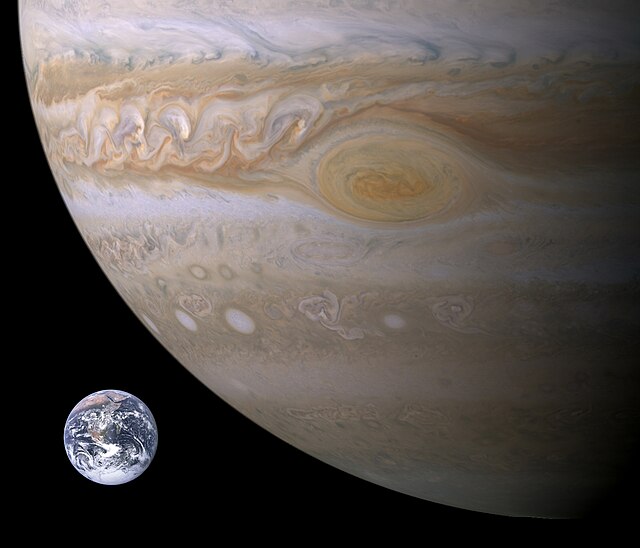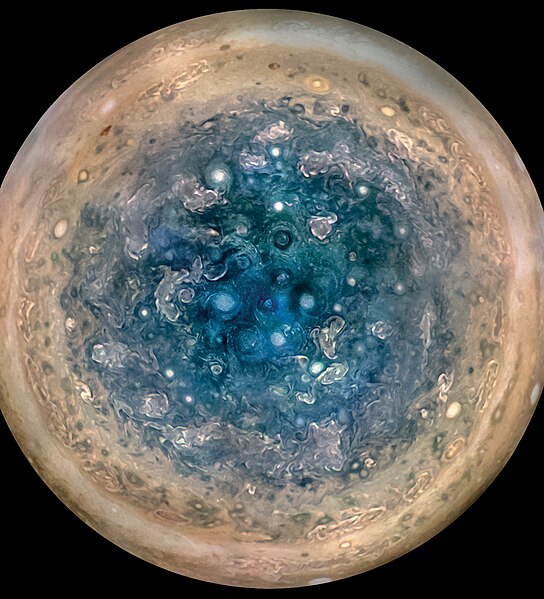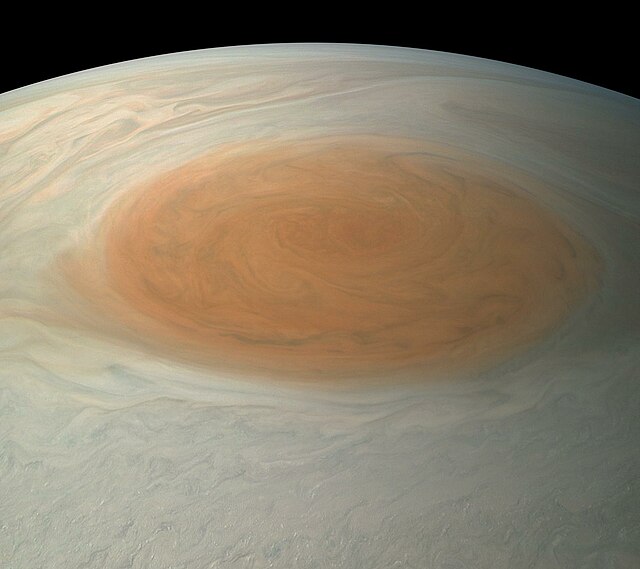In celestial mechanics, orbital resonance occurs when orbiting bodies exert regular, periodic gravitational influence on each other, usually because their orbital periods are related by a ratio of small integers. Most commonly, this relationship is found between a pair of objects. The physical principle behind orbital resonance is similar in concept to pushing a child on a swing, whereby the orbit and the swing both have a natural frequency, and the body doing the "pushing" will act in periodic repetition to have a cumulative effect on the motion. Orbital resonances greatly enhance the mutual gravitational influence of the bodies. In most cases, this results in an unstable interaction, in which the bodies exchange momentum and shift orbits until the resonance no longer exists. Under some circumstances, a resonant system can be self-correcting and thus stable. Examples are the 1:2:4 resonance of Jupiter's moons Ganymede, Europa and Io, and the 2:3 resonance between Neptune and Pluto. Unstable resonances with Saturn's inner moons give rise to gaps in the rings of Saturn. The special case of 1:1 resonance between bodies with similar orbital radii causes large planetary system bodies to eject most other bodies sharing their orbits; this is part of the much more extensive process of clearing the neighbourhood, an effect that is used in the current definition of a planet.

Spiral density waves in Saturn's A Ring excited by resonances with inner moons. Such waves propagate away from the planet (towards upper left). The large set of waves just below center is due to the 6:5 resonance with Janus.
The eccentric Titan Ringlet in the Columbo Gap of Saturn's C Ring (center) and the inclined orbits of resonant particles in the bending wave just inside it have apsidal and nodal precessions, respectively, commensurate with Titan's mean motion.
Depiction of the resonance between Neptune's moons Naiad (whose orbital motion is shown in red) and Thalassa, in a view that co-rotates with the latter
Jupiter is the fifth planet from the Sun and the largest in the Solar System. A gas giant, Jupiter's mass is more than two and a half times that of all the other planets in the Solar System combined and slightly less than one one-thousandth the mass of the Sun. Jupiter orbits the Sun at a distance of 5.20 AU (778.5 Gm) with an orbital period of 11.86 years. It is the third brightest natural object in the Earth's night sky after the Moon and Venus and has been observed since prehistoric times. Its name derives from Jupiter, the chief deity of ancient Roman religion.
Jupiter captured by New Horizons space probe. The small spot on top of Jupiter is the shadow cast by its moon Ganymede.
Size of Earth compared to Jupiter in true colours
Enhanced colour view of Jupiter's southern storms
Close-up of the Great Red Spot imaged by the Juno spacecraft in true colour. Due to the way Juno takes photographs, stitched image has extreme barrel distortion.







